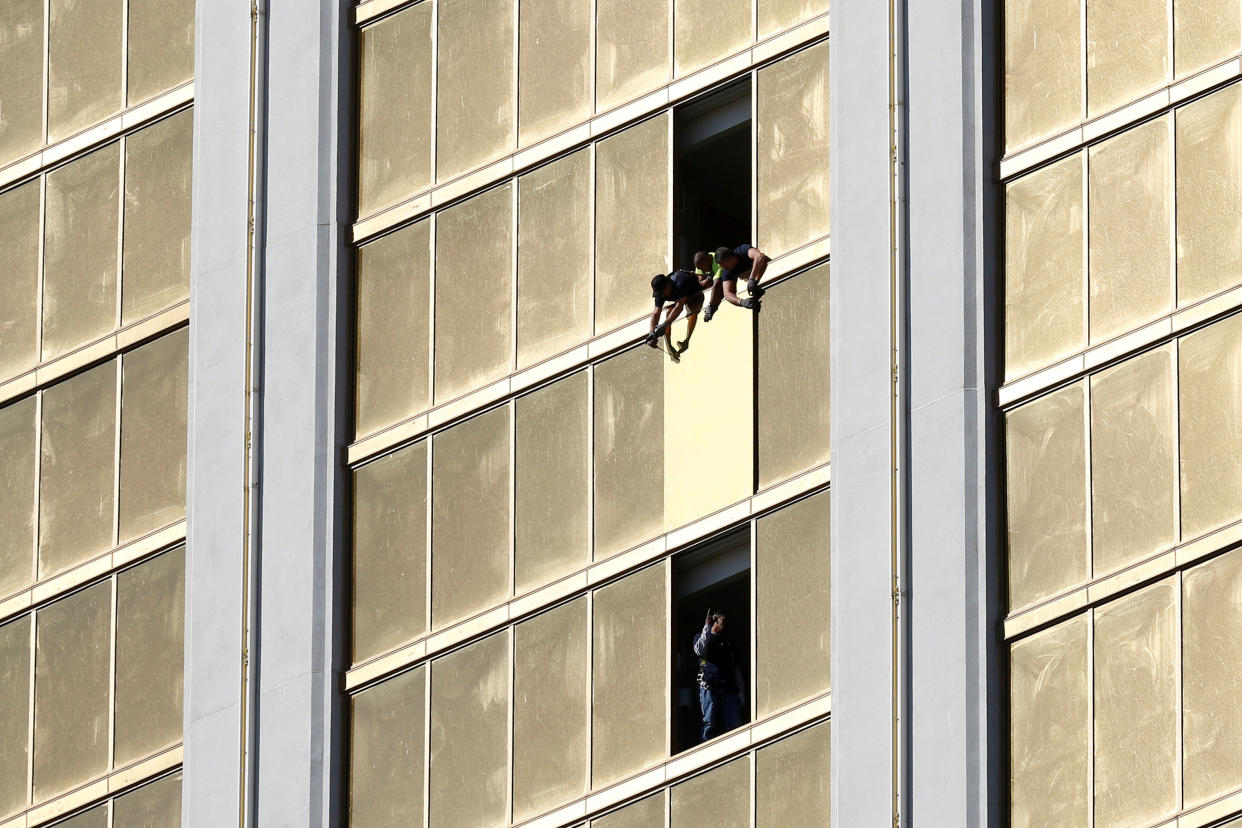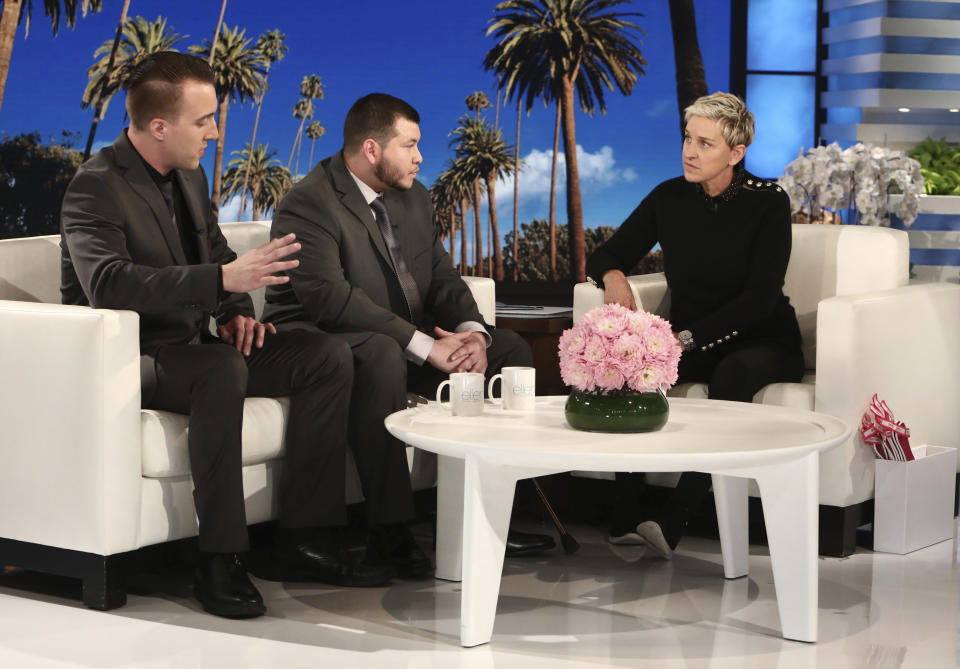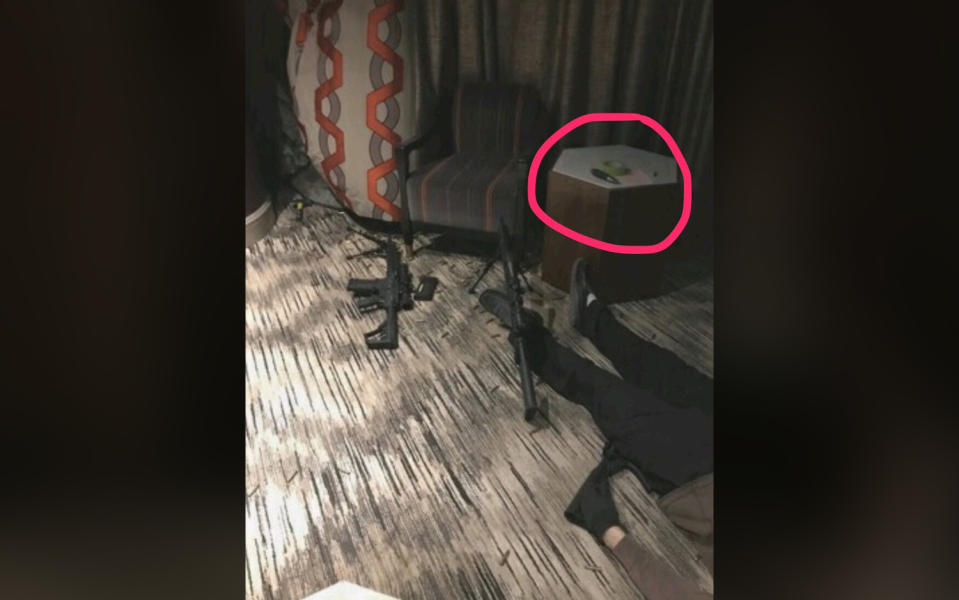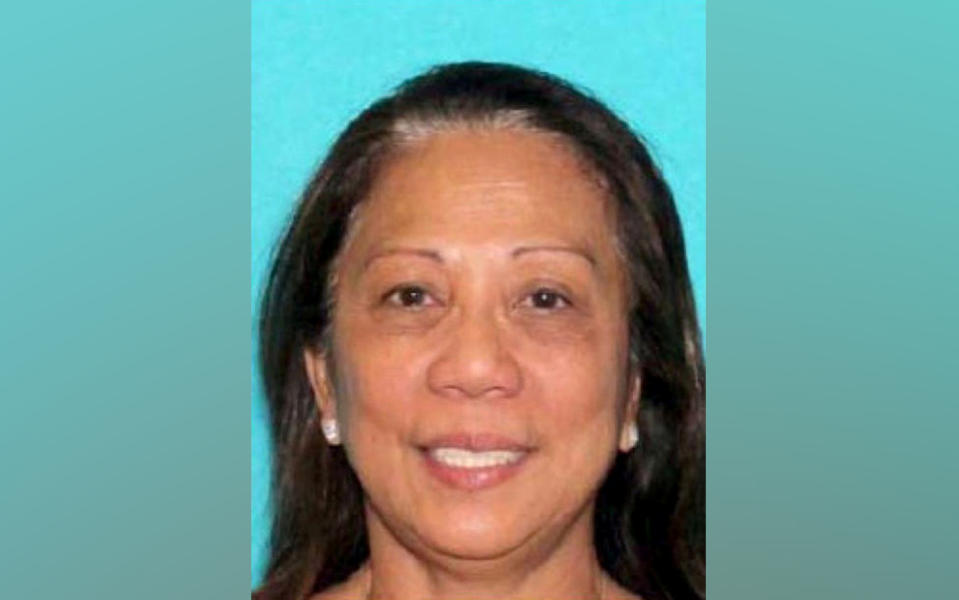One month later, Las Vegas massacre is still a mystery

The shattered windows were boarded up weeks ago, and the crime scene across the street largely cleared of the shoes, bags and other personal effects left behind when thousands of concertgoers ran for their lives.
But one month after Stephen Paddock unleashed a hail of bullets onto the crowd at the Route 91 Harvest music festival from the windows of his 32nd-floor suite at the Mandalay Bay Resort and Casino in Las Vegas — killing 58 people and injuring more than 540 in the worst mass shooting in the nation’s modern history — the investigation of the crime seems frozen in time.
After weeks of interviewing the lone gunman’s family and associates, and combing through his two homes and belongings for clues, police appear to be no closer to understanding why Paddock, a 64-year-old real estate investor and avid gambler with no record of mental illness, or political or religious extremism, became a mass killer. Or if they are, they aren’t saying.
The lack of understanding is in stark contrast to Tuesday’s deadly truck attack in New York City — and numerous other mass killings in recent years — where there were clear ideological or religious motives.
It’s been more than two weeks since officials with the Las Vegas police and the FBI briefed the public, bringing an abrupt stop to the flow of information about the case. Until then, investigators had been unusually forthcoming, holding frequent news conferences in the days after the shooting. They released video from police body cameras and put forward police officers who told harrowing accounts of responding to the scene and closing in on the hotel room from which Paddock had unleashed his horror.
But then there were a series of missteps, including the release of a timeline of the shooting that turned out to be wrong. The last time Clark County Sheriff Joe Lombardo, who has been the face of the investigation, spoke publicly about the case was Oct. 13, when he went before reporters to correct a comprehensive timeline of the shooting he had released previously.

But in doing so, Lombardo only raised more questions about his department’s handling of the investigation. A month later, it’s still unclear why it took officers 12 minutes after the shooting began to reach the hotel’s 32nd floor, where the gunman’s suite was located, and why it took more than an hour after the shooting stopped for cops to enter the room.
And one of the biggest mysteries continues to be what communication there was, if any, between police and Mandalay Bay. Paddock had shot a security guard who approached his room on an unrelated call just before he began shooting out the window. Jesus Campos, the wounded security guard, told talk show host Ellen DeGeneres — in his only public interview — that he immediately radioed hotel security to tell them he had been shot. But it’s still unclear how or if casino officials communicated that information to the police.
According to the latest timeline released in the case, Campos first discovered something was amiss on the 32nd floor around 9:59 that night, when he found a stairwell door near Paddock’s room barricaded with a metal bar. At the time, Campos later told authorities, he heard the sounds of what he thought was a power drill, which he found unusual. He went down to the 31st floor and took another route up to the 32nd floor.
As Campos approached room 135, where Paddock was staying, the gunman — who had been watching the hallway outside his room through a baby monitor he set up on a room service cart — suddenly shot through the door, spraying bullets and wounding the guard in the leg. It was 10:05 p.m., roughly around the time police believe Paddock began shooting across the street toward the site of the Route 91 Harvest festival.

Though Campos and a hotel maintenance worker who had also arrived on the floor both radioed word of the shooting, police apparently didn’t identify where the shots were coming from for several minutes. According to the timeline, police reached the 31st floor at 10:12 p.m., where officers reported that shots were coming from the floor above them. They finally reached the 32nd floor at 10:17 p.m. —two minutes after Paddock stopped shooting. Police did not breach Paddock’s room until 11:20 p.m. —more than an hour later — where they found him dead of a self-inflicted gunshot wound.
Police originally said Campos interrupted the shooting, bringing the deadly rampage to a stop. But now they say Paddock stopped firing on his own. Why? It’s one of the many enduring mysteries of the case — and one that Lombardo has said may never be answered.
But in recent days, there have been more mysteries. This week, Lombardo confirmed to the Las Vegas Review Journal that police are investigating how an officer “accidentally” fired his gun inside Paddock’s suite after it was breached — though he said it was not in the room where the gunman’s body was found.
At the same time, unnamed law enforcement officials told the New York Times and the Associated Press that a hard drive was missing from at least one of the laptops recovered from Paddock’s hotel room, further complicating their efforts to uncover a motive in the case. It’s unclear whether the hard drive was simply missing or was destroyed — a move that would mimic the actions of other mass killers, like Adam Lanza, who removed and smashed his computer hard drives before he massacred 20 children and six adults at Sandy Hook Elementary school in Newtown, Conn., on Dec. 14, 2012.

Another mystery surrounds Marilou Danley, the gunman’s longtime girlfriend, who was visiting family in the Philippines when Paddock carried out his rampage. Officials quickly described her as a “person of interest” in the case, in part because Paddock reportedly wired her $100,000 days before the shooting. In a statement released by her attorney, Danley, who returned to the U.S. on Oct. 3, insisted she knew nothing of Paddock’s plans and said she believed the money he sent her was “a way of breaking up” with her.
Danley was questioned by the FBI on Oct. 4 in Los Angeles, where her daughter lives. But it’s unclear whether she is still cooperating with the investigation or what she has told authorities. Her attorney did not respond to a request for comment. Las Vegas police officials have referred questions about her to the FBI, which has also repeatedly declined to comment. But Lombardo has expressed skepticism that Paddock could have assembled his arsenal of guns and thousands of rounds of ammunition without drawing attention. The sheriff has also said he believes Paddock, who had explosive material and more ammunition in his car, intended to survive the massacre and escape —though he has not explained how Paddock might have pulled that off.
The Clark County coroner has completed an autopsy on Paddock; the agency and police have declined to elaborate on what, if anything, was found except to say there was no obvious abnormalities of his brain. Paddock’s brain was scheduled to be sent this week to a laboratory at Stanford University, where doctors will perform further forensic analysis, including tissue testing, to look for neurological problems — though medical experts have said it’s unlikely that will provide an explanation for the rampage.

While Las Vegas officials say they will again brief the public on the case when there is something new to report, some revelations could come through civil lawsuits against Paddock’s estate and the casino’s parent company, MGM Resorts. At least two suits have been filed so far, including one class action case representing 10 victims.
Among other things, the investigators have sought to uncover information from Mandalay Bay, which has repeatedly declined to comment, citing the ongoing investigation. The victims want access to hotel records, including video, which might offer clues about Paddock’s actions. He checked into the casino on Sept. 25 — nearly a week before the attack — and witnesses have told police they saw him playing video poker in the casino. Police have said they believe he left the casino and returned to his home in Mesquite, Nev., about 90 minutes west of Las Vegas, at least once that week, and may have visited other casinos on the Las Vegas Strip.
One question is how Paddock got his arsenal up to his room, and whether hotel staff, including housekeepers, sensed anything was amiss. In an interview with “60 Minutes,” responding officers said Paddock’s room was filled with weapons and gear. “It just looked almost like a gun store,” Dave Newton, one of the officers, told CBS. There were “all kinds of monitors and electrical equipment … a few phones … a couple of laptops. A lot of drills, drill bits — all kinds of tools.”

Lombardo has already said there were no cameras near Paddock’s room, only in near the elevator banks down the hall. But officers have said they found evidence that the gunman had been drilling holes in the wall — including one near the front door of his suite — raising questions about his intents and whether staff or other guests reported hearing power tools noise in Paddock’s room or in the hallway where he barricaded the door.
On Tuesday, attorneys and legal experts for the victims gained access to the Route 91 site for the first time, walking the grounds from which personal belongings have been removed, but the concert stage and other fixtures have been left untouched. The legal experts and attorneys are expected to gain access to Paddock’s suite at the Mandalay Bay hotel in coming days.
Among the lawyers walking the grounds was Craig Eiland, an attorney representing Rachel Shepard, a 26-year-old California women who was shot three times, including in the chest, on that Sunday night. It was a “miracle,” her attorney said, that she lived. And now she wants to know how this could have happened.
“This is about answers first,” Eiland told reporters on Tuesday at the scene. “How did it happen? And what can be done to prevent it from happening again?”
Read more from Yahoo News:
A surreal scene as Las Vegas returns to business after Sunday massacre
Now I Get It: Why haven’t authorities named Las Vegas gunman a terrorist?
Photos: The front page: How newspapers portrayed the Vegas massacre
Photos: Makeshift memorials pay tribute to Las Vegas shooting victims
Photos: Law enforcement continues to investigate Las Vegas mass shooting



